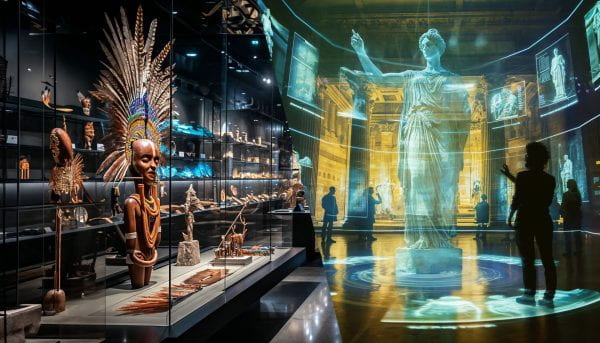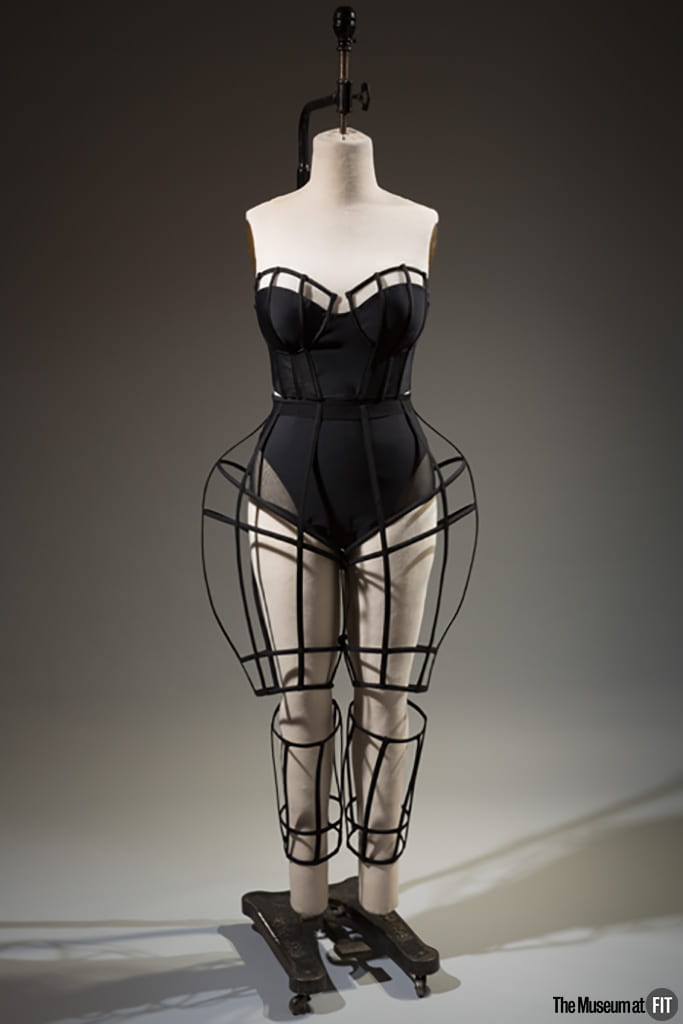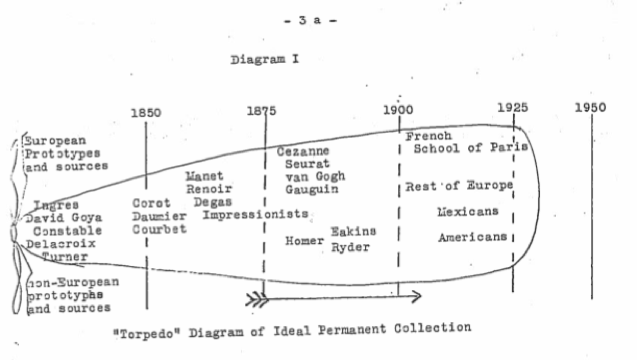Tag Museum Studies
By Contributing Writer Sarah Pickman For those with an interest in fashion history, springtime in New York City heralds the opening of The Metropolitan Museum of Art’s annual summer Costume Institute exhibition. The Costume Institute show (this year’s is “Camp:… Continue Reading →
By guest contributor Edward Maza In a 1953 letter, Alfred H. Barr Jr.—the founding director of New York’s Museum of Modern Art—wrote: “in our civilization with what seems to be a general decline in religious, ethical, and moral convictions, art… Continue Reading →
By Contributing Editor Cynthia Houng In Rome, Gian Lorenzo Bernini (1598-1680) is nearly unavoidable. Walk down the center of the Piazza S. Pietro and look up. All along the great curving wings of the Piazza’s colonnades stand Bernini’s saints–carved and… Continue Reading →
By guest contributor Adrian Young One can hardly imagine a more audacious ambit for a museum exhibit than that of the Staatlische Museen zu Berlin’s new show, Alchemy: the Great Art, now at the Kulturforum. In the curators’ words: “Alchemy… Continue Reading →
by guest contributor Laurel Waycott In 1893, Henry Balfour, curator of the Pitt Rivers Museum in Oxford, UK, conducted an experiment. He traced a drawing of a snail crawling over a twig, and passed it to another person, whom he… Continue Reading →
by guest contributor Audrey Borowski The imperial red hits you as soon as you enter the Royal Academy’s latest exhibition, “Revolution: Russian Art 1917-1932,” which sets out to explore the frenzy that gripped the Russian artistic scene between 1917 and… Continue Reading →
by guest contributor Charles Cuykendall Carter The New York Society Library’s current pop-up exhibit explores the life and experiences of Herman Melville in New York City, during the time leading up to the 1851 publication of Moby-Dick. The more specific,… Continue Reading →
by guest contributor Anna Toledano Autobiography is an art form that only few have mastered. The newly reopened permanent exhibition at the Musée de l’Homme (Museum of Mankind) in Paris does a remarkable job of writing the book on our… Continue Reading →
by Erin McGuirl Whose stories are told in museums? And how are they told? “The Keeper,” an ongoing show at the New Museum that is a tonic to the eye and the soul, addresses these questions and raises even more… Continue Reading →




